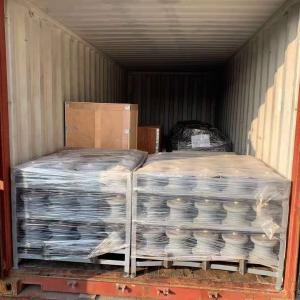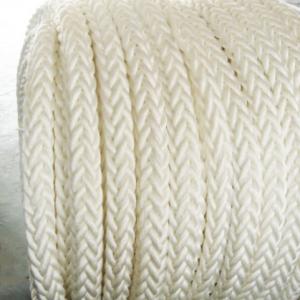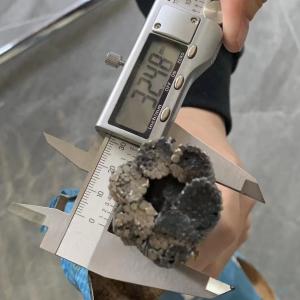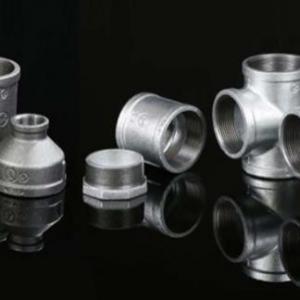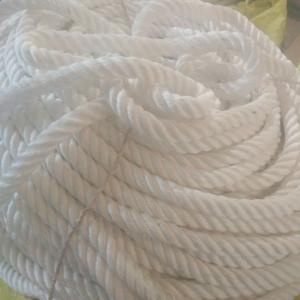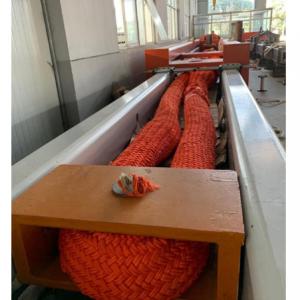Anticorrosion methods for metal valves
Electrochemical corrosion corrodes metals in various forms. It not only acts between two metals, but also produces potential differences due to the concentration difference of the solution, the concentration difference of oxygen, and the slight difference in the internal structure of the metal, which intensifies the corrosion. Some metals themselves are not corrosion-resistant, but they can produce a very good protective film after corrosion, that is, a passivation film, which can prevent the corrosion of the medium. It can be seen that in order to achieve the purpose of anti-corrosion of metal valves, one is to eliminate electrochemical corrosion; the other is to produce a passivation film on the metal surface when electrochemical corrosion cannot be eliminated; the third is to select non-metallic valves without electrochemical corrosion material instead of metal material.
Here are several anti-corrosion methods:
(1) Select corrosion-resistant materials according to the medium. The corrosion of the medium is very complicated. Even if the valve material used in the same medium is the same, the concentration, temperature, and pressure of the medium are different, and the medium corrodes the material differently. For every 10°C increase in the medium temperature, the corrosion rate increases approximately 1 to 3 times. The medium concentration has a great influence on the corrosion of valve materials, such as lead in sulfuric acid with low concentration, the corrosion is very small; when the concentration exceeds 96%, the corrosion rises sharply. In contrast to carbon steel, the corrosion is the most serious when the concentration of sulfuric acid is about 50%, and when the concentration increases to more than 60%, the corrosion drops sharply. Another example is that aluminum has strong corrosion resistance in concentrated nitric acid with a concentration of more than 80%, but it is severely corroded in medium and low concentrations of nitric acid. Although stainless steel has strong corrosion resistance to dilute nitric acid, the corrosion will be aggravated in more than 95% concentrated nitric acid.
It can be seen from the above examples that the correct selection of valve material should be based on the specific situation, analyze various factors affecting corrosion, and select according to the relevant anti-corrosion manual.
(2) Use non-metallic materials. Non-metallic materials have excellent corrosion resistance. As long as the operating temperature and pressure of the valve meet the requirements of non-metallic materials, it can not only solve the problem of corrosion resistance, but also save precious metals. The valve body, bonnet, lining, sealing surface, etc. of the valve are usually made of metal materials, while the gaskets and packing are mainly made of non-metal materials. Plastics such as polytetrafluoroethylene, chlorinated polyether, and rubber such as natural rubber, neoprene, and nitrile rubber are used as the lining of the valve, and the main body of the valve body and valve cover are generally made of cast iron and carbon steel. It not only improves the strength of the valve, but also ensures that the valve is not corroded. Their strength and heat resistance are low, and the scope of application is limited
(3) Spray paint. Coating is the most widely used anti-corrosion method, and it is an indispensable anti-corrosion material and identification mark on valve products. Coatings are also non-metallic materials. They are usually made of synthetic resin, rubber slurry, vegetable oil, solvents, etc., covering the metal surface, insulating the medium and the atmosphere, and achieving anti-corrosion purposes. Coatings are mainly used in less corrosive environments such as water, salt water, sea water, and atmosphere. The inner cavity of the valve is often painted with anti-corrosion paint to prevent water, air and other media from corroding the valve. The paint is mixed with different colors to indicate the material used in the valve. The valve is sprayed with paint, usually once every six months to one year.
